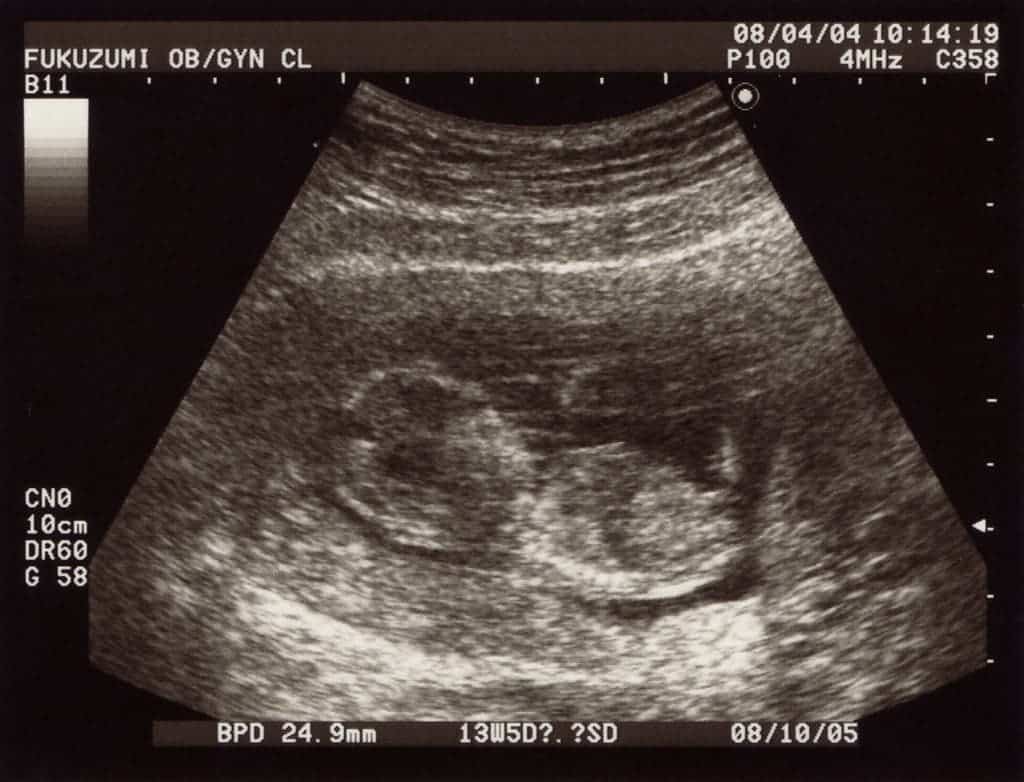Exposure to air pollution carries dire risks even for those still floating blissfully in the womb. A new paper comes to explain why this happens, and documents the chemical processes that lead to later-life heart failure susceptibility for exposed babies.

We’ve known for some time now that gestational exposure to airborne particles contained in diesel exhaust can lead to an increase in the risk of heart failure later in life. But we didn’t really know why. I mean, air pollution is never a good thing, but we usually think of it as clogging up lungs or just choking the oxygen out of us — not something that will kill us ten, twenty, thirty years from now.
But exposure to airborne particles resulted from burning diesel fuel seems to have longer-lasting effects, even for unborn babies, a team of researchers from the University of Washington School of Public Health reports. Their work identified the specific DNA methylation (a chemical process which can inactivate lengths of DNA code) and gene expression effects exposure to these particles has on cardiac health.
“Our study adds to the large body of evidence that air pollution exposure has significant harmful effects on the cardiovascular system, and extends these findings to show the effects of this exposure on the developing heart — effects that can last for decades,” said Michael T. Chin, M.D., Ph.D., associate professor of medicine at the University of Washington School of Medicine’s Center for Cardiovascular Biology in Seattle.
Mouse science
The team used four groups of mice for their work. Two (group 1 and 3) of them were gestationally exposed to filtered air and then went under the scalpel for sham or transverse aortic constriction (TAC) surgery. The other two (groups 2 and 4) were gestationally exposed to diesel exhaust particles and then underwent either sham or TAC surgery. None of the groups were exposed to diesel-associated particles after birth. Sham surgeries are surgical procedures that don’t have any actual therapeutic goal. Sometimes also called “placebo surgeries,” they’re performed in double-blind studies to ensure the results aren’t caused by the surgical procedure itself, but by the object of the researcher’s work.
Samples harvested from all four groups allowed the team to compare how particle exposure impacted heart tissue gene expression. In the end, they identified three candidate genes that were expressed differently in group 4 (diesel-exposed and TAC surgery), which developed the worst heart failure rate among all the groups in the study. Further analysis of these genes showed that one, in particular, suffered heavy chemical modifications following exposure. This gene, miR133a-2, had “decreased methylation”, they report.
The tests were performed on mice so the results may not carry over perfectly to humans. However, our equivalent of miR133a-2, miR133a, has been shown to have “[reduced] expression in both [diabetic and nondiabetic] forms of heart failure, which is consistent with a role in protecting against heart failure,” the team notes. On the other hand, the team found no evidence that Ptprf and Pamr1 suffered any damage from exposure to diesel-associated particles. The two gene expressions “indicates that both […] show significant increases in expression in nondiabetic heart failure compared with controls,” which would be “consistent with a role for these genes in contributing to human heart failure”.
In other words, even gestational exposure to such substances plays a key role in a body’s susceptibility to heart failure later on. So if you’re expecting, taking some time to visit some more pristine areas of the world might do wonders to your baby’s health in the long run.
“From just an experience vantage we all assume diesel and other petroleum combustion products are bad for us. Here is evidence of possibly how bad,” said Thoru Pederson, Ph.D., Editor-in-Chief of The FASEB Journal, which published the work.
The paper “In utero exposure to diesel exhaust particulates is associated with an altered cardiac transcriptional response to transverse aortic constriction and altered DNA methylation” has been published in the journal FASEB.


